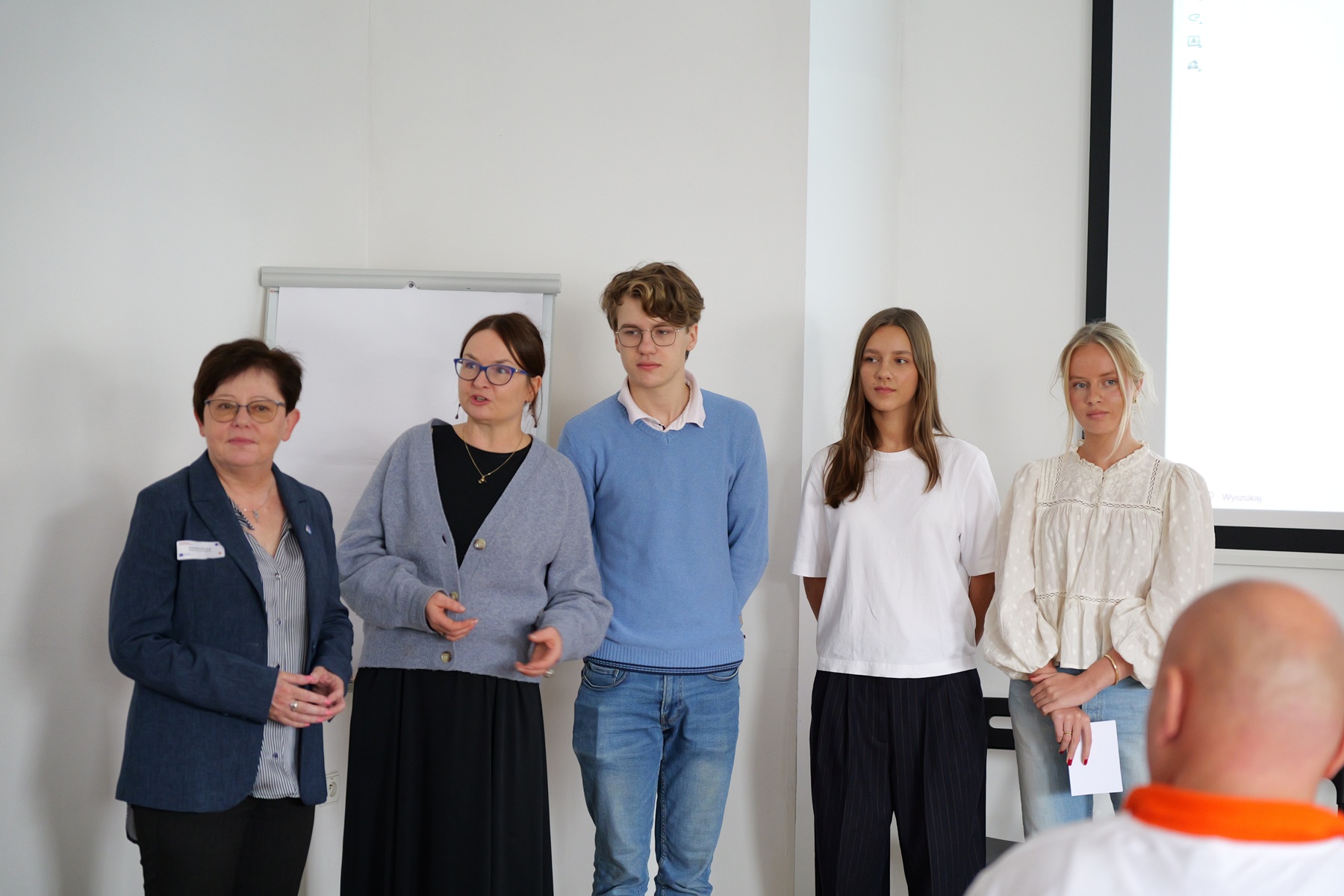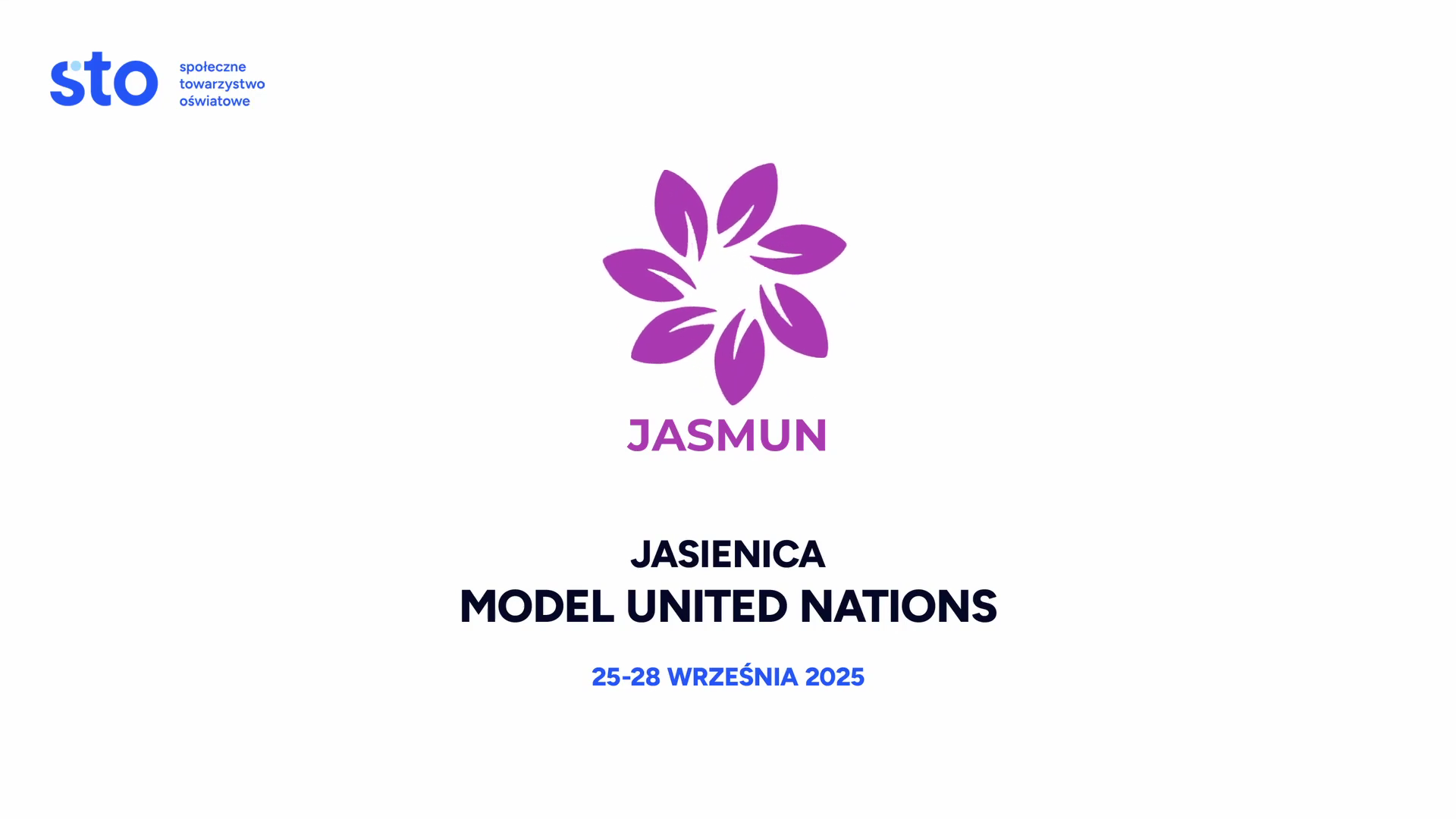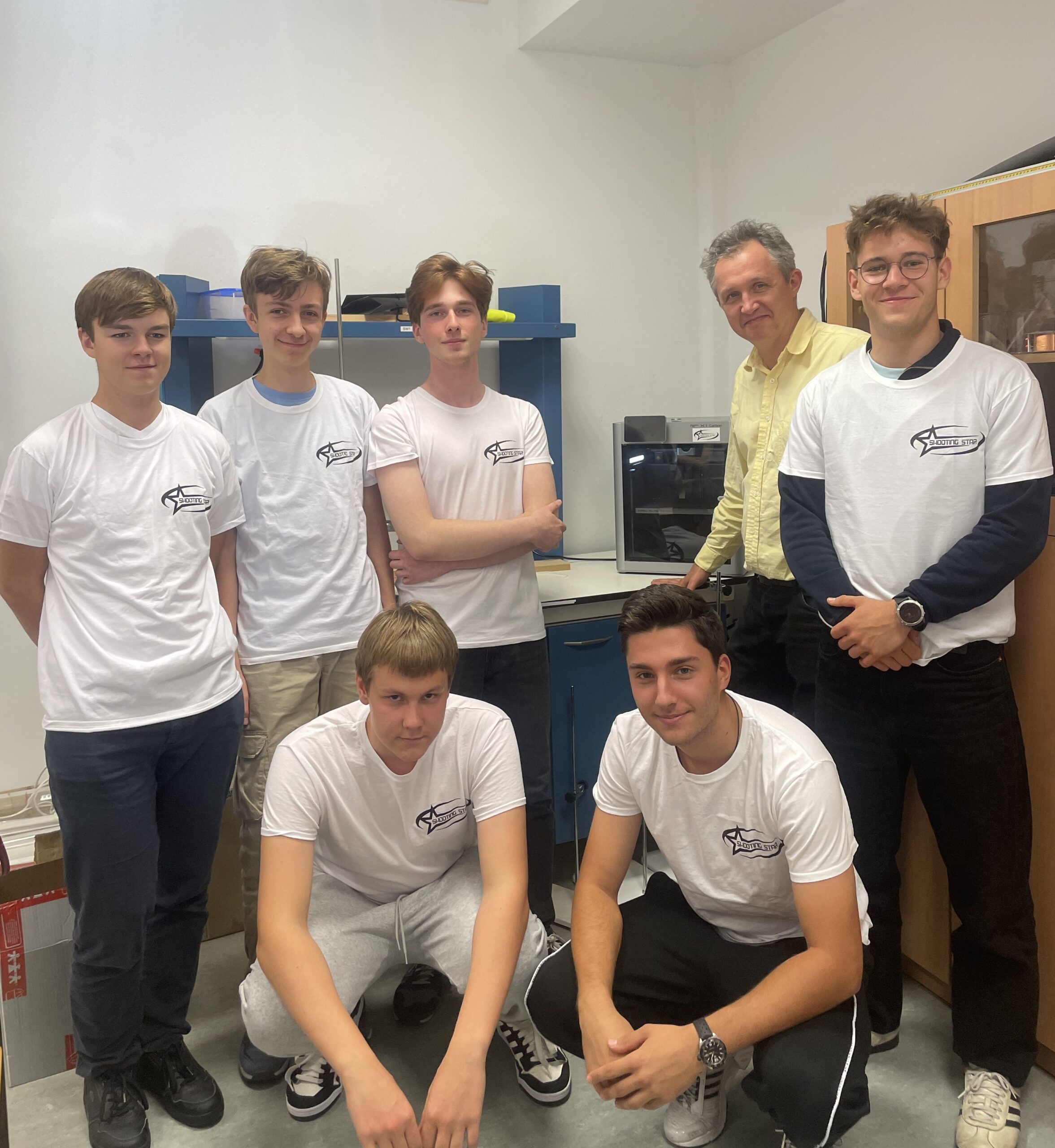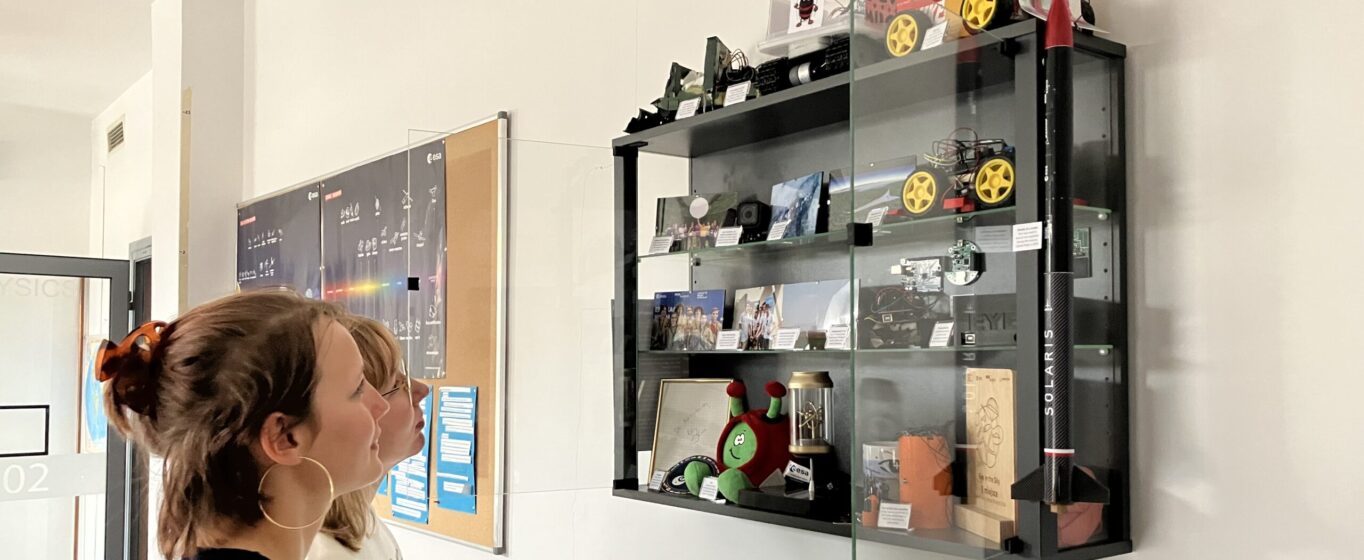
Celebrating the 10th Anniversary of Our Space & Engineering Program
This year marks the 10-year anniversary of our school’s Space & Engineering Program! To celebrate this milestone, a display case has been set up in Room 502, showcasing the remarkable achievements of our students across a wide array of engineering and space-related projects.
The program launched in 2014 with a middle school project that involved designing rockets powered by various mechanisms, including pressurized water, alcohol combustion, and liquid nitrogen evaporation.
Since then, our students have completed numerous space and engineering projects, several of which stand out for their ambition and impact. Here are some highlights:
- 2016/17: Team Globus Aerostaticus
Team Globus Aerostaticus designed a stratospheric probe and launched it on a near-space mission. The probe reached an altitude of 36 km—over three times higher than typical commercial flights—capturing stunning atmospheric photos and conducting scientific experiments.
- 2018/19: Team ArctowSky
Team ArctowSky participated in the prestigious CanSat competition, organized by the European Space Agency. They built a mini-satellite equipped with artificial intelligence (AI) to monitor natural disasters such as floods and wildfires in real-time. Their project won the national CanSat competition and earned the “Outstanding Science Award” at the international finals in Italy.
- 2023/24: Team Eye-in-the-Sky
Most recently, Team Eye-in-the-Sky competed in the 2023/24 CanSat competition, designing a mini-satellite to assist in search-and-rescue missions. The satellite scanned land surfaces, identifying missing persons and transmitting their locations to ground teams. Their innovative project secured third place at the Polish national CanSat finals.
Except for space projects, since 2016 we have been running an Electronic Club, during which students learn how to program microcontrollers, and use them in various applications. The club projects included for example construction of a meteorological station (2017), Bluetooth-controlled electric cars (2023), and sumo robots (2024).
The past decade has been an exciting journey filled with groundbreaking achievements. As we celebrate the successes of the past, we look forward to many more thrilling projects in the future.Explore the full history of our missions in the photo gallery below.
For those interested in joining our Space & Engineering Program (https://ib.2slo.pl/2slo-space-engineering-program/), please contact Piotr Morawiecki, our Physics teacher, to learn more about upcoming opportunities.
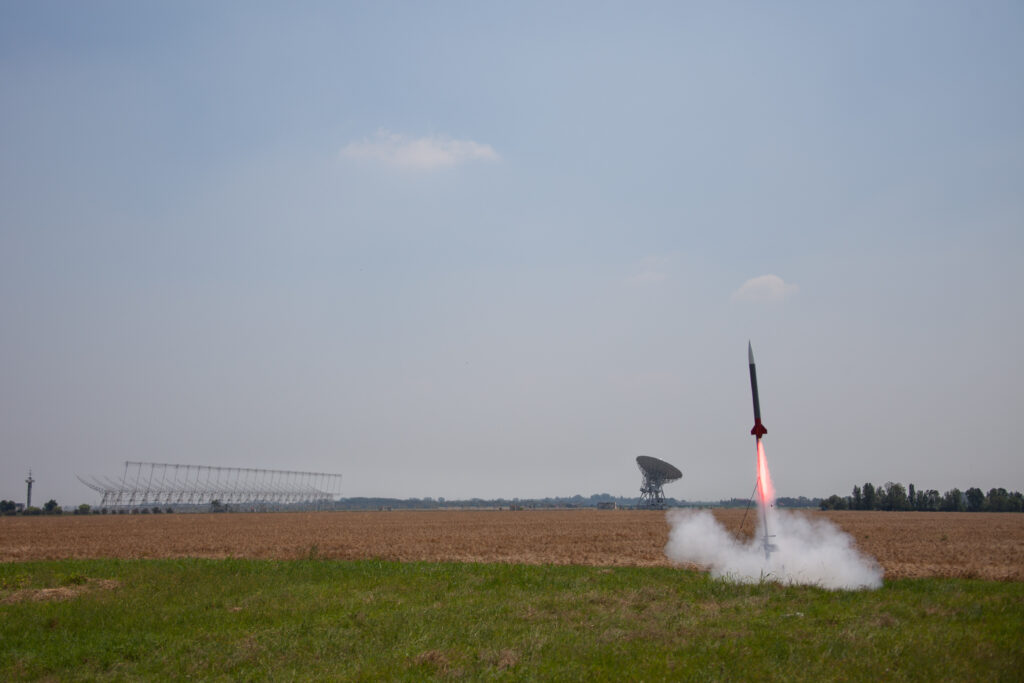
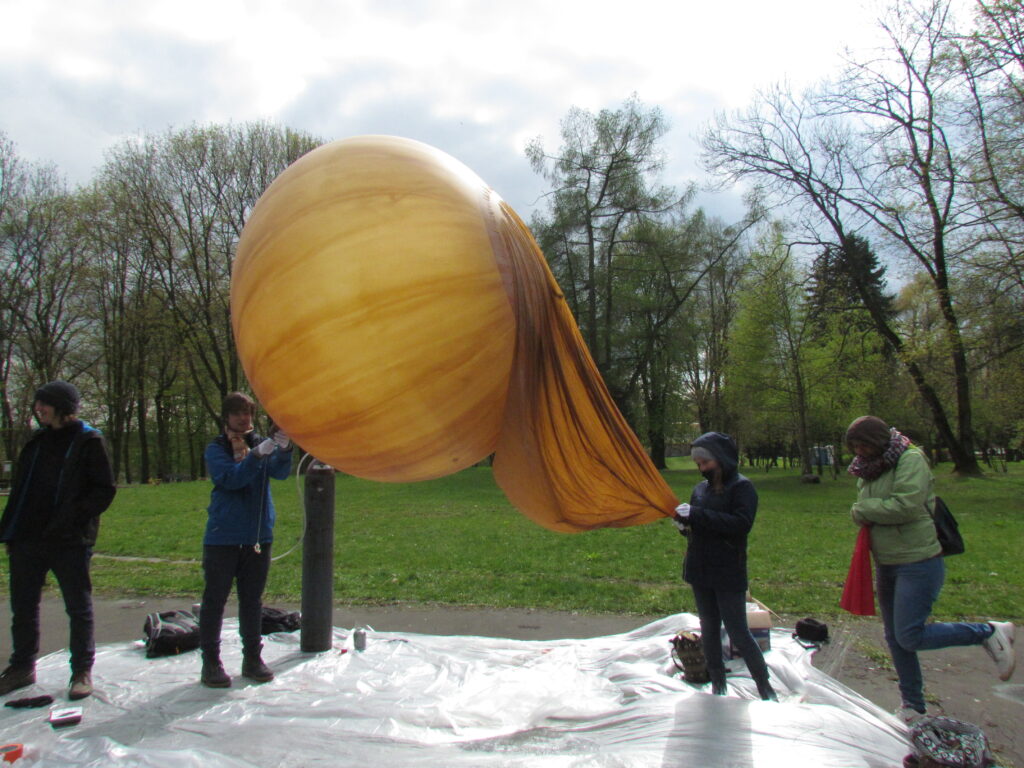
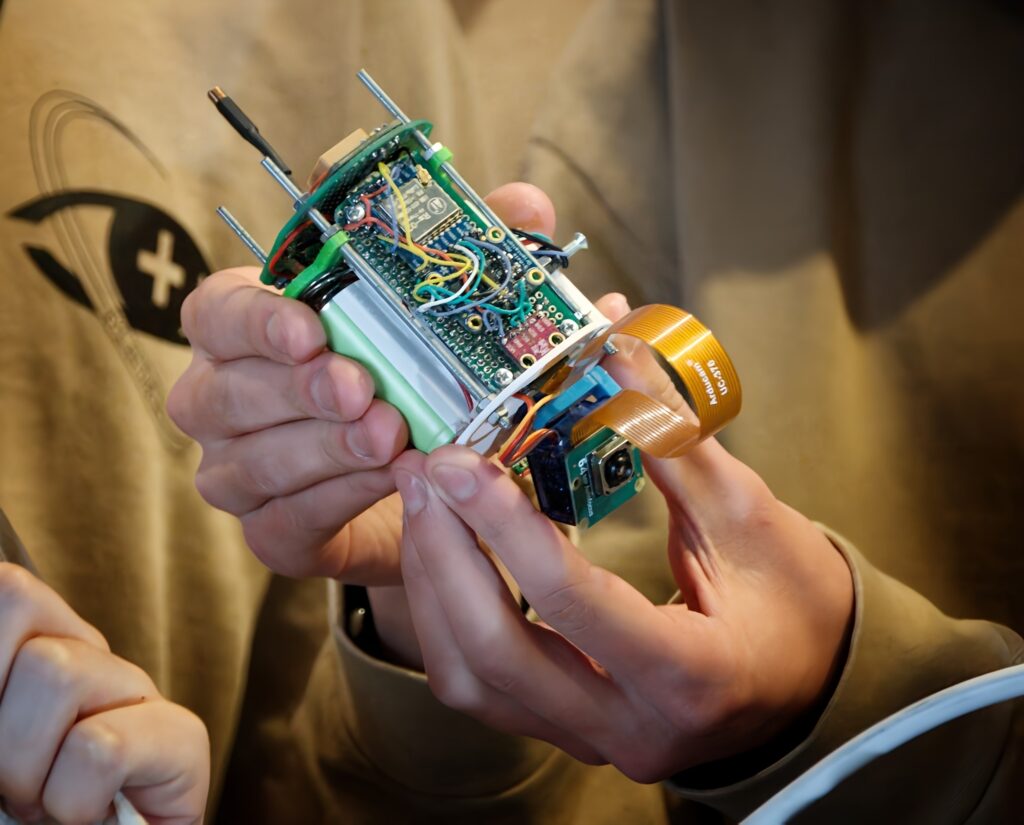
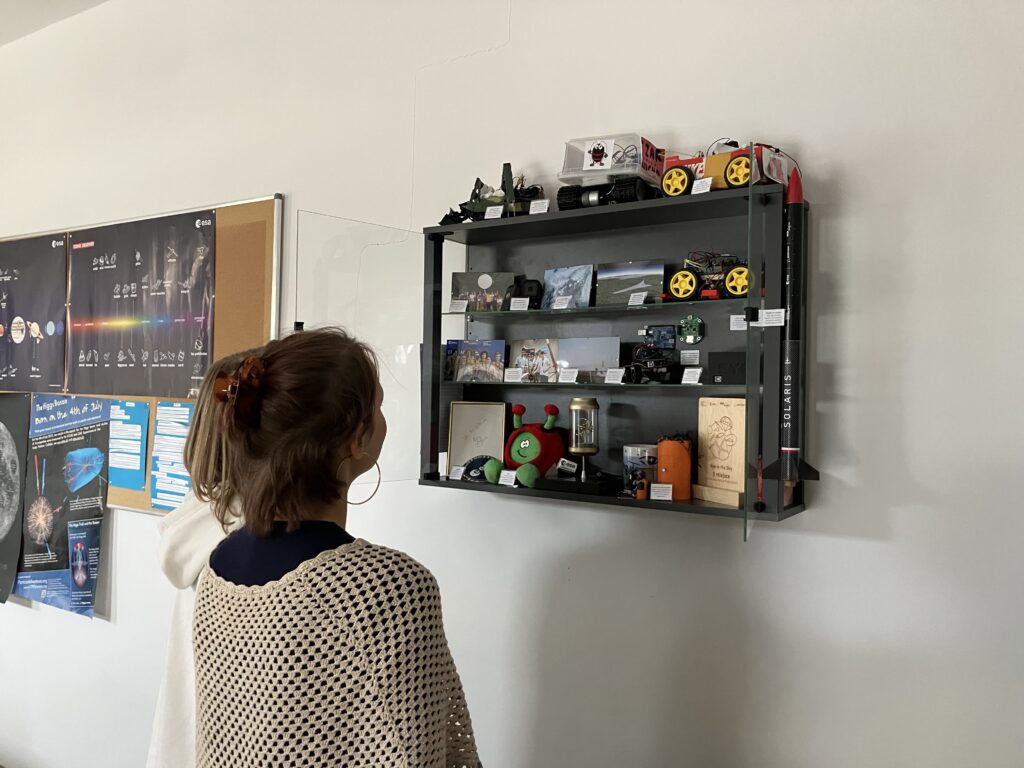

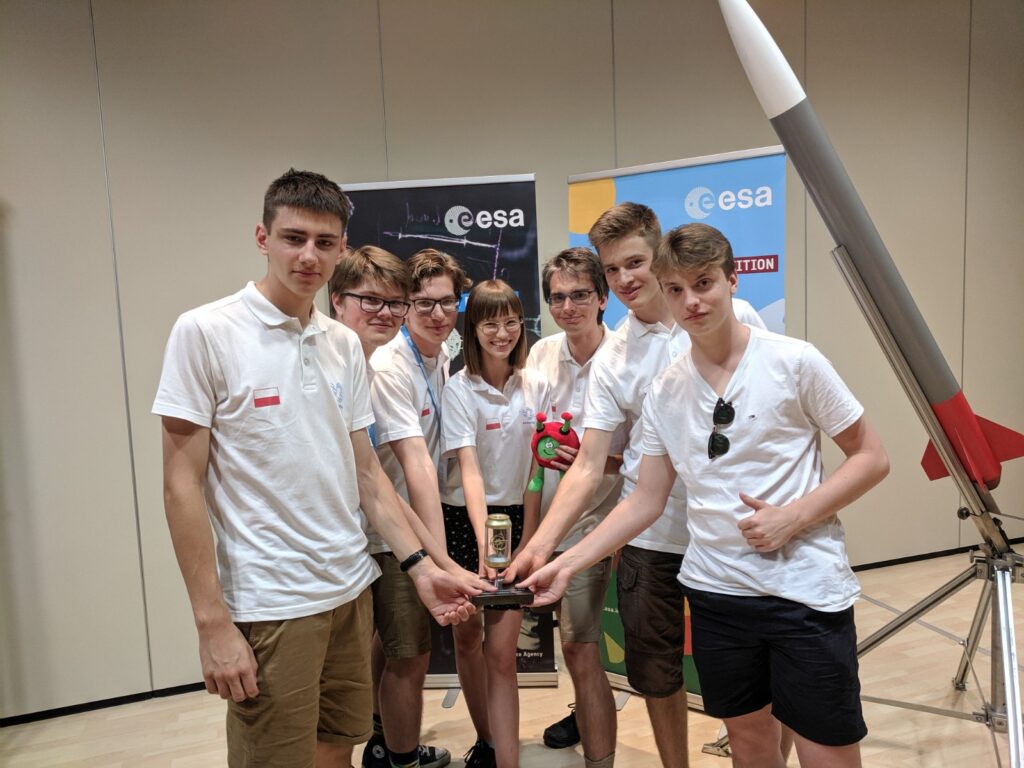
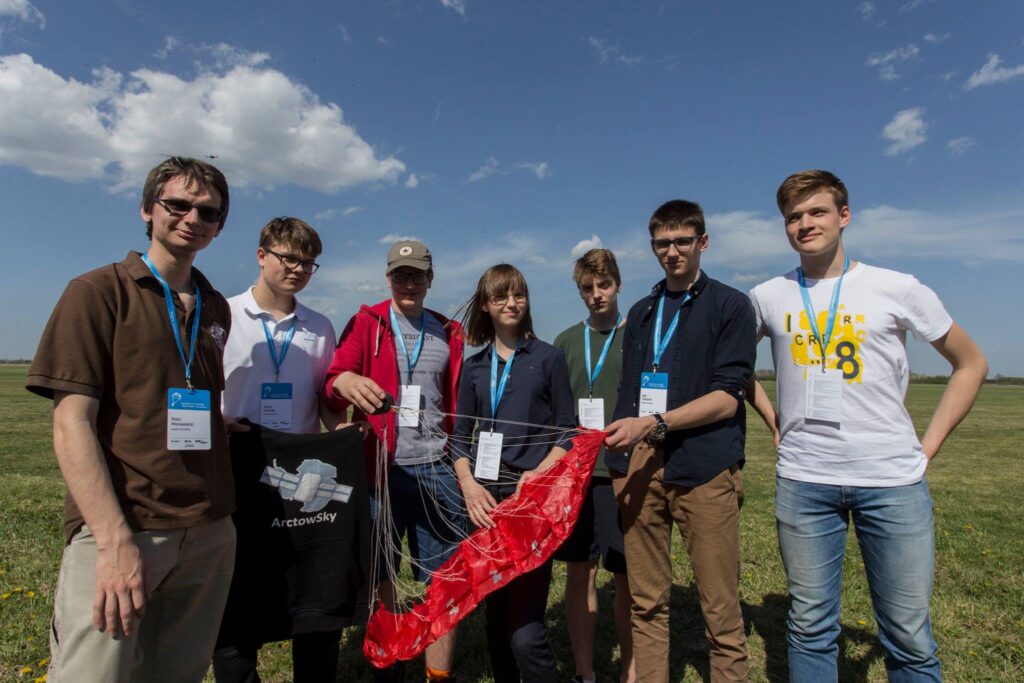
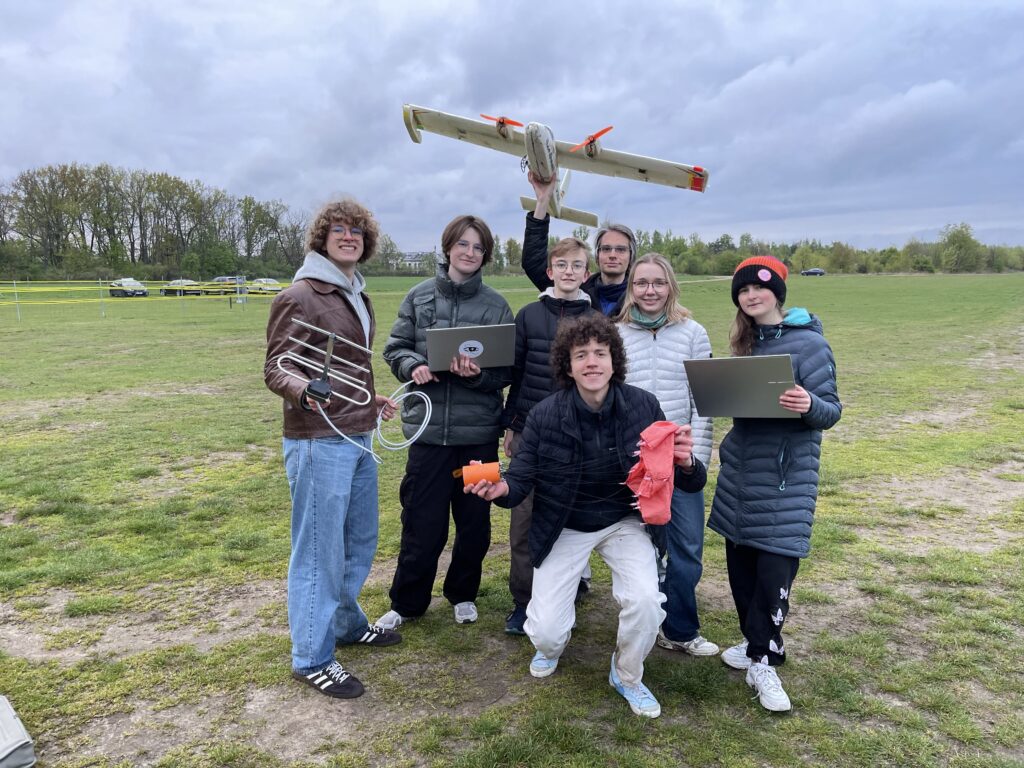
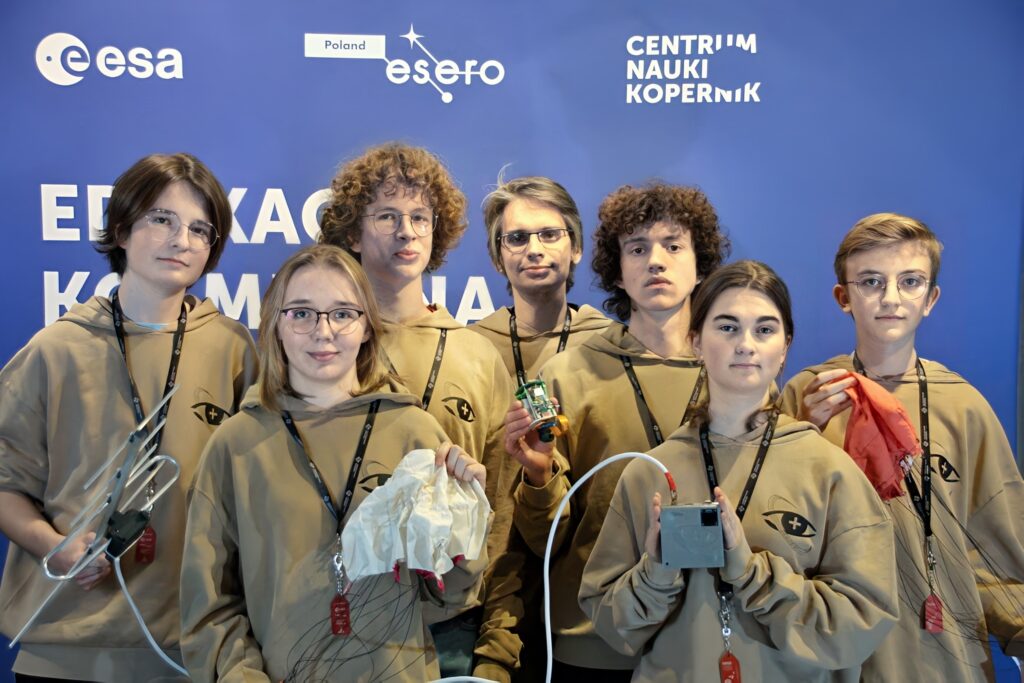
(text: Piotr Morawiecki; photos: unknown author, Piotr Morawiecki, Beata Ciacek)
